Hello.
The holidays have died down, and you can start loading your brain again. Next up we have an invention, partly related to one of the ones we had already “patented”, but with a fair amount of clarification. In many ways, its necessity is a personal impression, but I think if we analyze the number of situations when a person needed partially modified versions of the product presented on the shelf, it turns out that each of us found ourselves in such situations at least once. Well, while you’re thinking, let’s say a few words about the invention from the last issue.
Feedback
In the last “Corner” we reinvented the concept of an unusual experiment from Asus, which was called Padfone. The comments recalled that a similar approach could be found in the Motorola Lapdock. However, readers agreed that these ideas were not very convenient. Plus, the price tag didn’t suit everyone. If we talk about compactness, then ultrabooks today provide it in abundance. In addition, they immediately work on an “adult” operating system and will cover the absolute maximum of needs. So, maybe it makes sense to maintain the status quo? Most likely, this will happen on its own. Users, due to various circumstances, will vote for the best option. It is also impossible not to ignore criticism of purely operational issues. As noted by the respected iAndroid, when a smartphone is installed in the tablet, it is difficult to use it to make a call. Well, that is, you can connect a headset, but this is already some kind of cyborgization of the user. Pulling it out sharply when someone comes in is also somehow not entirely correct. You can read more about ideas and claims at the link below:
But I would like to draw attention to a few points. Firstly, we talked about a “stripped down” smartphone. It didn’t have a full 6-inch screen. In our minds, it was an analogue of a BlackBerry device. Whatever one may say, physical buttons provided more convenience than virtual ones. When working with gloves or by touch. You can also assign additional actions to each mechanical button. When working with a camera or player, this would be a lifesaver. Secondly, the connection to the docking station does not have to be the same as what is shown in patent documents from ten years ago. All these grooves, covers and connectors can easily be replaced with a magnetic mount and connector a la Moto Z Play:
Imagine such a design only on the front side of a smartphone. Let me remind you that we do not have a frameless device, but a smartphone with a qwerty keyboard. The frame of the smartphone is made of metal and is magnetic to the back of the tablet. The tablet itself, in accordance with the 7th paragraph of the formula, can be flexible. So that the imagination does not draw exclusively modern folding beds, here is another option:
Just imagine that this is not wrapped around your wrist, but folded at right angles into the size of a passport and placed in your pocket. That is, you can quickly deploy it and attach/detach the main smartphone without any problems. Let’s move on to the next invention.
Problem
About attempt GigaChat to choose a unique gift for Eldar, we discussed in the article about the socialization of marketplaces. The bottom line is that there are no truly unique gifts available today. Those that are made individually and to order are either too long or too expensive. There are also two in one. If there is an opportunity to bring originality, then this is a gift at the level of a print on a cup or on a sweatshirt. This is what we will try to correct.
State of the art
It may seem that the uniqueness of goods and services is a controversial approach due to the difficulty of scaling and increased costs, but it is present in the smallest details. Here is the most obvious example, which everyone without exception has encountered:
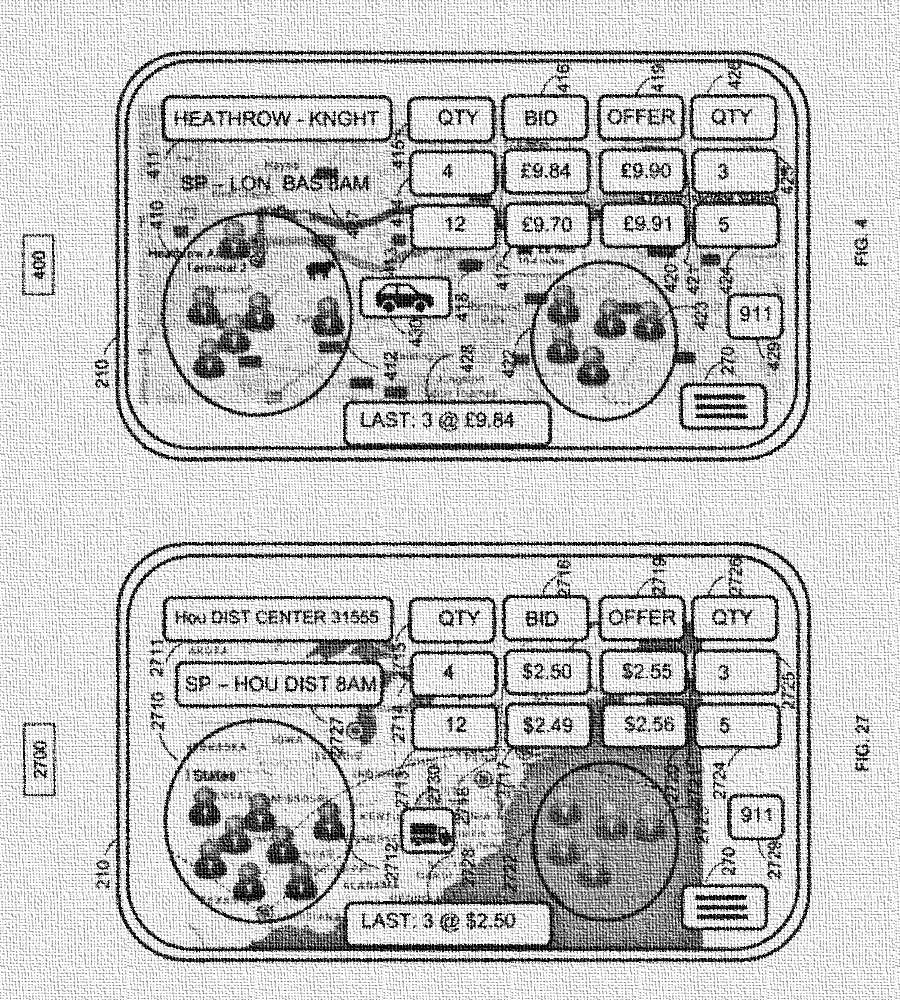
The image shows the interface of a certain program for ordering a taxi. In one case, a passenger car is required, in the other, apparently, cargo transportation is in demand and the request is made for body transport. In real life, we all understand that the gradations of modes of transport differ in smaller features: “Economy”, “Economy +”, “with a child seat”, “with animals”, etc. And all these features are a tribute to the uniqueness of client requests.
If this option does not seem too convincing, then here is an example from catering:
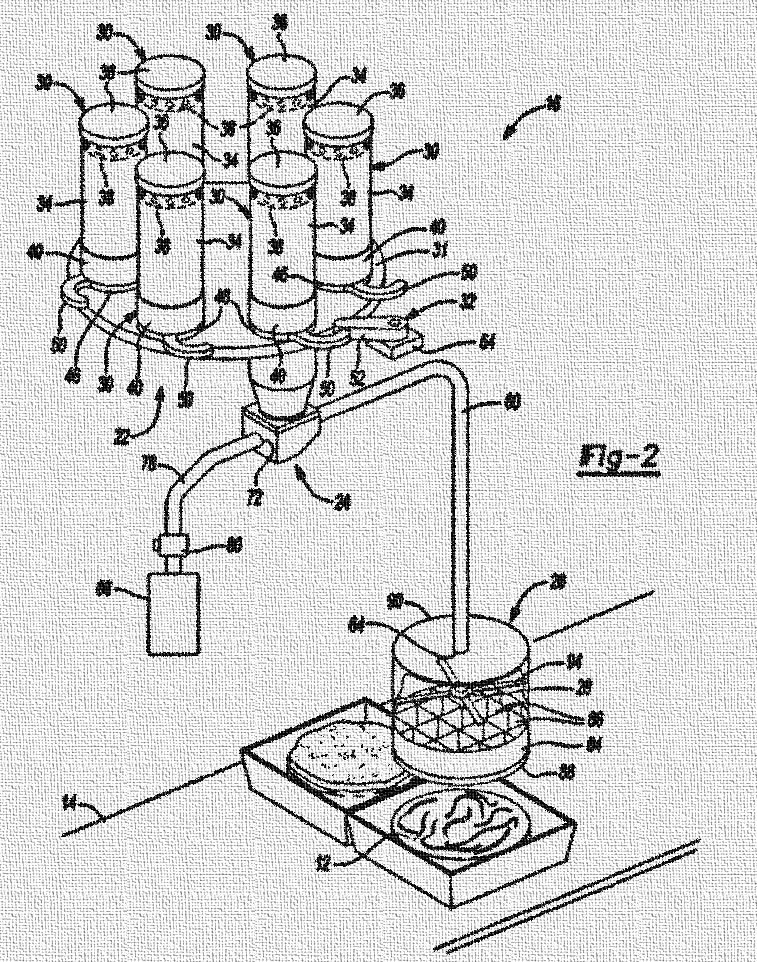
The illustration above shows an invention that ensures the satisfaction of the most demanding taste in the process of preparing pancakes. And even with six ingredients, mathematics won’t let you lie, there are a great many options for topping. But there are also different doughs. In addition, someone may well want not only flavor combinations, but also a unique design. The patent also takes this into account:
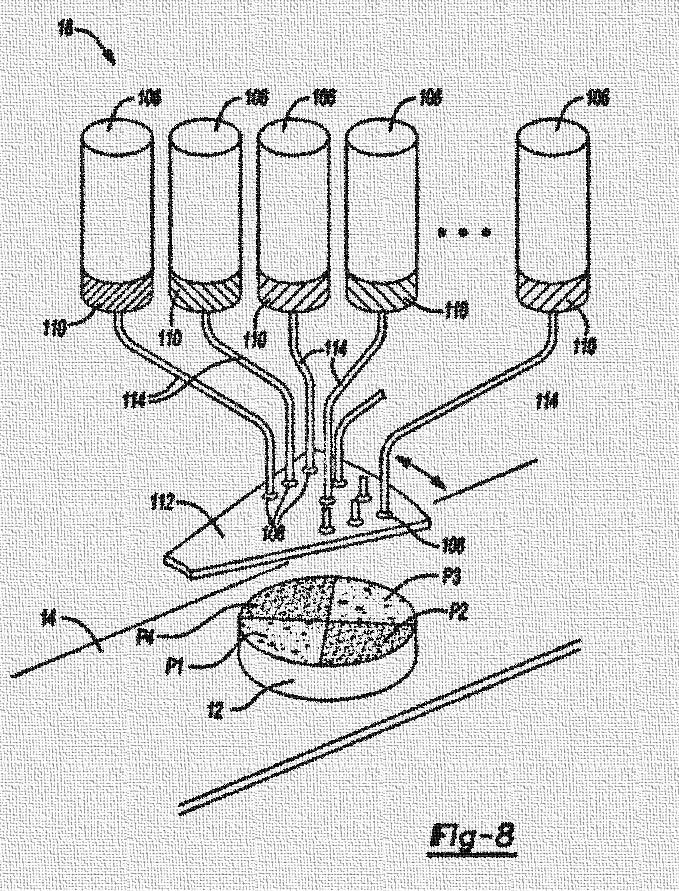
I’m sure there’s no need to talk about pizza divided according to the absence of one or another product. Literally everyone knows about the duality of attitudes towards olives and pineapples.
But it’s not just the food and transportation that stand out for their unique approach. There are also shoes. We have already given an example of workshops that focus not only on high-quality goods, but also on individual tailoring according to the customer’s standards. So, the number of patents in this area is also huge:
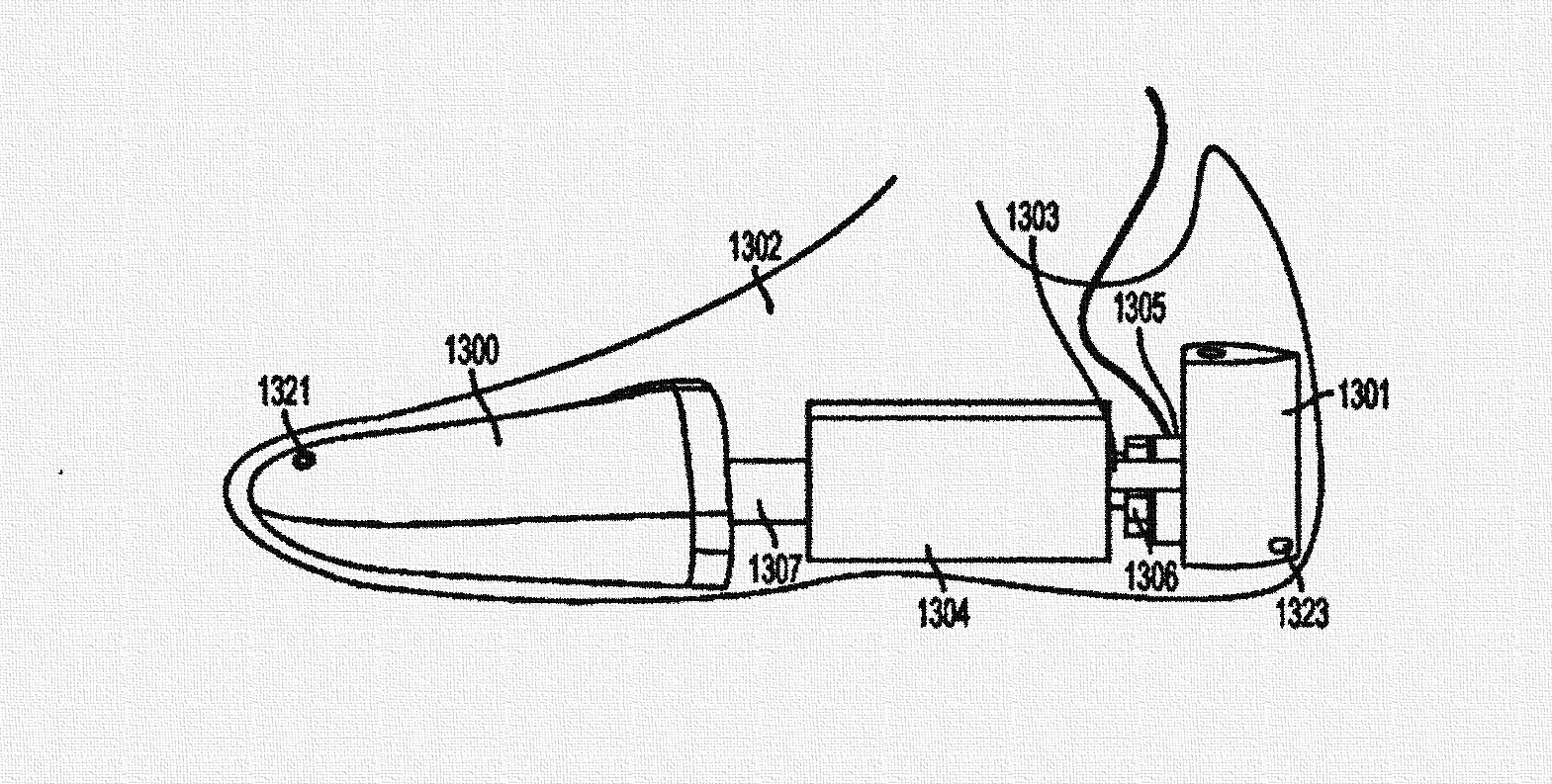
The illustration above shows a block with variable geometry. In the most advanced use case, it should be combined with taking measurements, the parameters of which are sent digitally, and connected to a computer. Then we will get a duplication of a living foot, which can be infinitely far from the place where the measurements were taken.
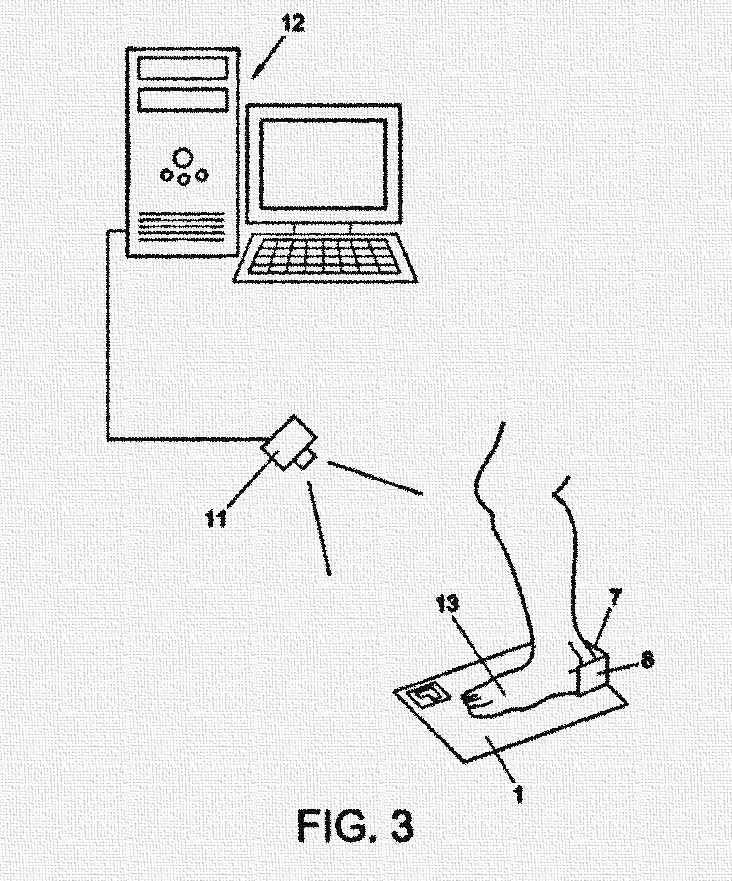
Also, as an analogue, we can cite an invention that we came up withto save users from the agony of choosing headphones. Today, although there are trends for certain types and even some specific models of headphones, without trying them on it can be difficult to find something that will fit one hundred percent. The essence of our proposal was to compare 3D models of the two options to identify differences. This will allow you to navigate when selecting a new pair of “ears”, comparing them with those that were previously used.
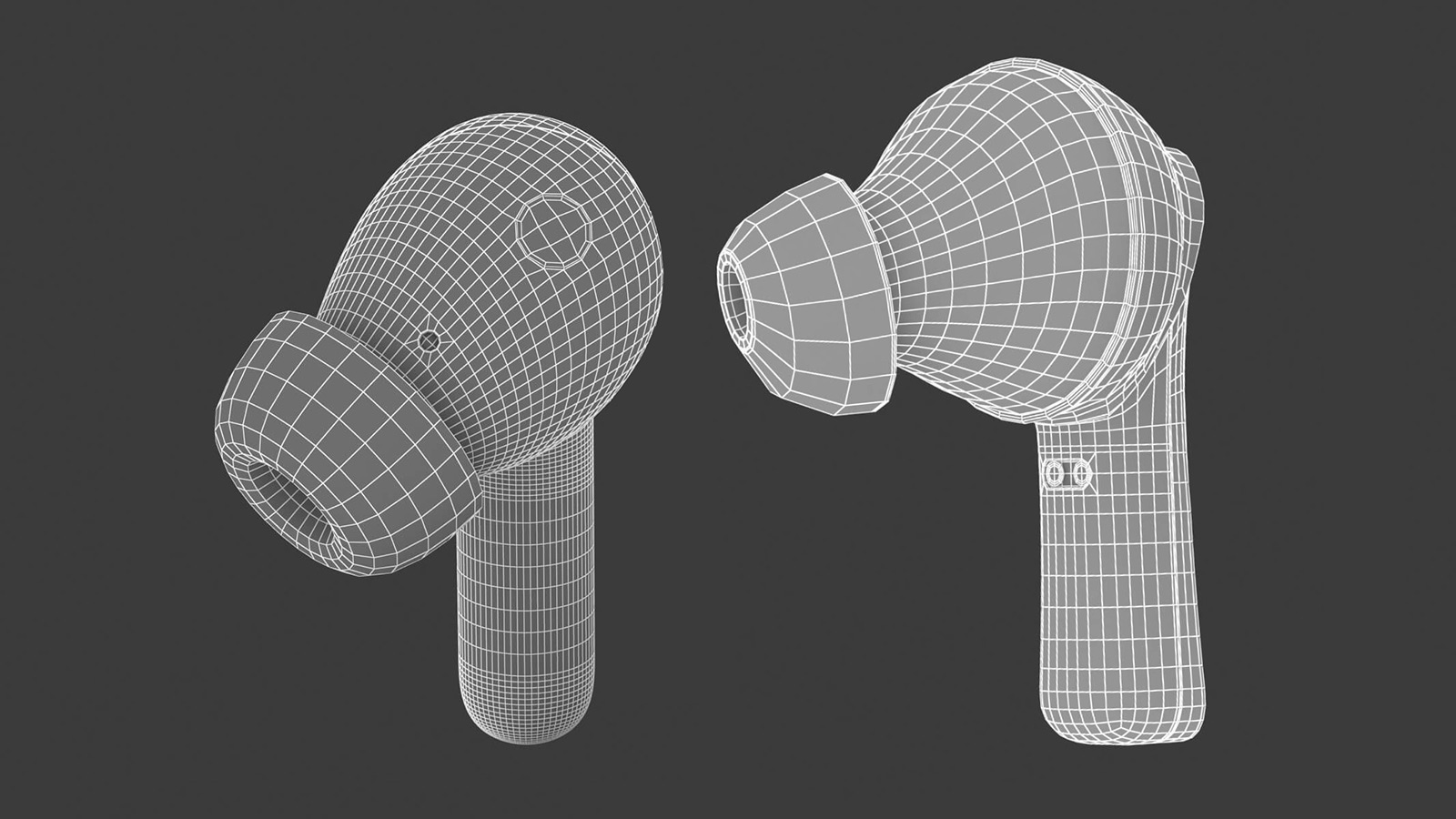
Well, as a prototype, I would highlight one more of our inventions. In general terms, it meets the main technical result, but in small details today’s proposal still stands out. The invention can be studied at the link below:
In general terms, the invention at the link above proposed an analogue of a labor exchange for freelancers, but with significant restrictions for the latter in matters of subsequent work for people who are competitors for the customer who had previously hired a specific freelancer. We are interested in the principle of responding to a task that is not in the standard price list of the contractor. Let’s borrow.
Well, as an additional technical solution, which has already become mainstream, we will use AI. Eventually, he will add automation here. In the description we will look at a couple of specific examples, but the formula will be more general. Let’s get started.
Carrying out the invention
The user feels the need to purchase a unique gift. The recipient of the gift is a person well known to the user, whose habits and hobbies are no secret. In accordance with the independent claim, the user specifies the generic object of the gift. The system then prompts you to choose how the object should be modified to add originality. The user selects the “mix with another object” option. The system prompts the user to select a standard object or enter a name independently. Also, in accordance with the additional clause of the formula, it is possible to attach an image, from which the system algorithms can obtain information about the preferred features of the future object. After specifying the object, the system algorithms process the user’s request and generate the final object. The user has several options available to him, including “Regenerate”, “Add” and “Continue”. When selecting “Continue”, the user is given the opportunity to pay for his choice and indicate the delivery address. Also, in accordance with the additional clause of the formula, having determined one of the topics that interests the recipient of the gift, the user selects one of the household items that would most organically fit into the life of the recipient and at the same time it would be technically feasible to give it a look corresponding to the previously defined topic. In this case, the user specifies the generic object of the gift and selects the “Order” option. Next, the system prompts the user to select a standard theme or enter a name themselves. Also, in accordance with the additional claim, it is possible to attach an image, from which the system algorithms can obtain information about the preferred features of the future design. Further steps are similar to the situation described above for the case of creating a unique object. Also, in accordance with the additional clause of the formula, after specifying a generic object, the system provides the opportunity to select its individual elements to make them unique.
It should be noted that these are only statements of the general concept that do not limit particular options. The names of individual elements and stages of operation of the proposed system may differ.
If we directly name the options for such gifts and indicate the technologies that can make it possible to implement what we described above, then the same mug could be a typical example. Today they are mainly decorated with beautiful pictures or photographs of loved ones, but who is stopping you from “mixing” a mug with a skull and ending up with a skull in the form of a mug, rather than a mug with a skull on it? I think it’s very easy to feel the difference. As a technology, of course, it makes the most sense to use 3D printing. It can be used both for piece orders and for creating forms if the project turns out to be massive. A place should also be allocated for this point in the formula.
Formula of invention
- A system for purchasing unique items, consisting of:
- the user starts the order service;
- the user selects an item indicating the name of its generic object;
- the user selects an option for modifying the object;
- the system modifies the object and demonstrates the result;
- the user selects one of the options for continuing system operation.
- The system for purchasing unique items according to claim 1, characterized in that the mentioned option for changing an object is changing the construction of a generic object by mixing the generic object with another object.
- The system for purchasing unique items according to claim 1, characterized in that The mentioned option for changing an object is changing the visual appearance of a generic object without changing the design of the generic object.
- The system for purchasing unique items according to clauses 1 – clause 3, characterized in that after selecting an option for modifying an object, the system offers to supplement them by loading an auxiliary image.
- The system for purchasing unique items according to clauses 1 – clause 4, characterized in that After specifying the name of the generic object, the system provides the opportunity to select its individual elements for modification.
- The system for purchasing unique items according to clauses 1 – clause 5, characterized in that One of the options for continuing the operation of the system is to “remake it.”
- The system for purchasing unique items according to clauses 1 – clause 5, characterized in that One of the options for continuing the operation of the system is to “add”.
- The system for purchasing unique items according to clauses 1 – clause 5, characterized in that One of the options for continuing the system’s operation is “complete and pay.”
- The system for purchasing unique items according to clause 8, characterized in that After specifying the option to continue the system “complete and pay”, the system prompts you to indicate the delivery address.
- The system for purchasing unique items according to clauses 8 – clause 9, characterized in that Before payment, the system prompts the user to publish information about the order with the deduction of remuneration to the user when re-ordering an object according to his project.
The last point is for the case if the demand for your creative turns out to be high. The wife used to often order 3D printing of her dolls to be sent to different countries. So, the office where they were printed made such a proposal. Actually, proposals to modify the original three-dimensional models also came from them.
Here’s an idea.
As usual, we invite you to comment. Tell us what unique gifts you have given and received. Is this kind of direction in demand, in your opinion?
Bold ideas, great inventions and successful products. Good luck!
Source: mobile-review.com


